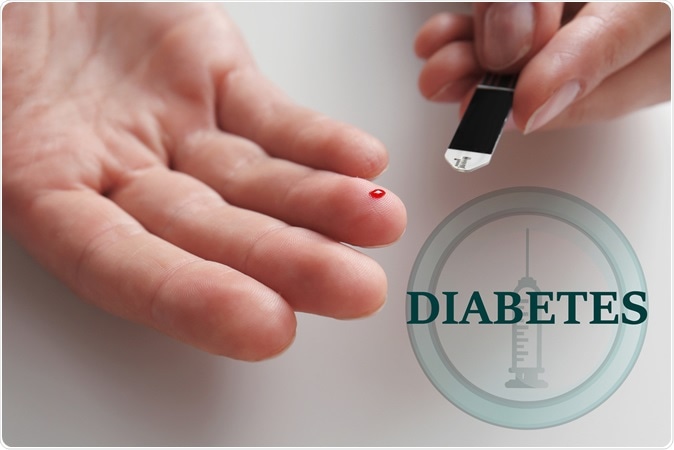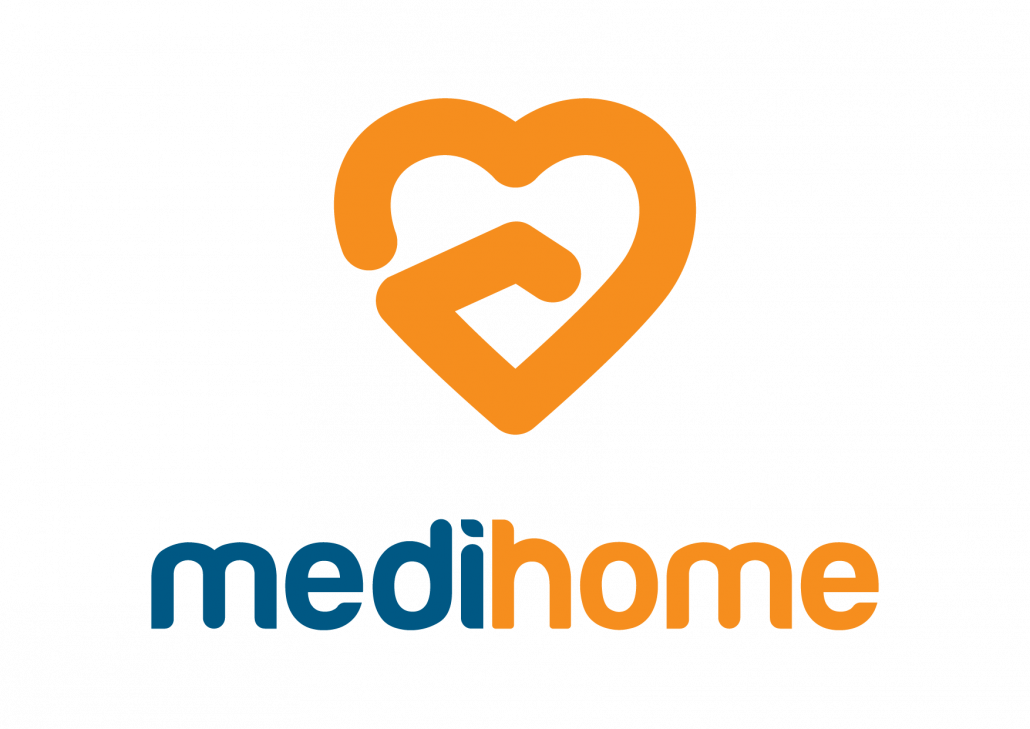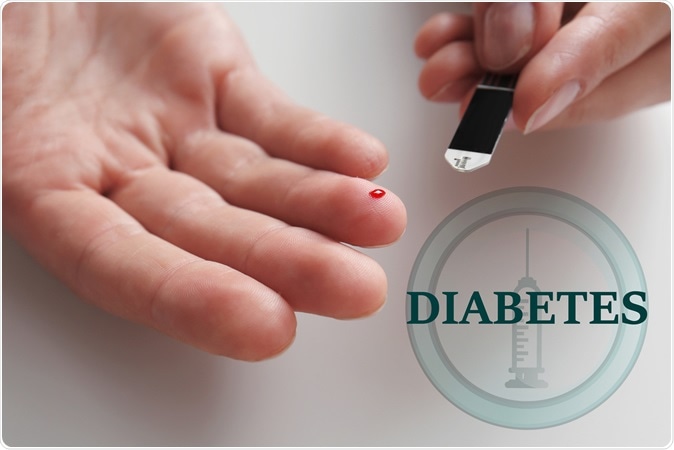Diabetes is a chronic (long-lasting) health condition that affects how your body turns food into energy.
Most of the food you eat is broken down into sugar (also called glucose) and released into your bloodstream. When your blood sugar goes up, it signals your pancreas to release insulin. Insulin acts like a key to let the blood sugar into your body’s cells for use as energy.
If you have diabetes, your body either doesn’t make enough insulin or can’t use the insulin it makes as well as it should. When there isn’t enough insulin or cells stop responding to insulin, too much blood sugar stays in your bloodstream. Over time, that can cause serious health problems, such as heart disease, vision loss, and kidney disease.
There isn’t a cure yet for diabetes, but losing weight, eating healthy food, and being active can really help. Taking medicine as needed, getting diabetes self-management education and support, and keeping health care appointments can also reduce the impact of diabetes on your life.

Types of Diabetes
There are three main types of diabetes: type 1, type 2, and gestational diabetes (diabetes while pregnant).
Type 1 diabetes
Around 10% of all people with diabetes have type 1 diabetes.
Type 1 diabetes is caused by an autoimmune reaction where the body’s defence system attacks the cells that produce insulin. As a result, the body produces very little or no insulin. The exact causes of this are not yet known, but are linked to a combination of genetic and environmental conditions.
Type 1 diabetes can affect people at any age, but usually develops in children or young adults. People with type 1 diabetes need daily injections of insulin to control their blood glucose levels. If people with type 1 diabetes do not have access to insulin, they will die.
The risk factors for type 1 diabetes are still being researched. However, having a family member with type 1 diabetes slightly increases the risk of developing the disease. Environmental factors and exposure to some viral infections have also been linked to the risk of developing type 1 diabetes.
Symptoms of type 1 diabetes
The most common symptoms of type 1 diabetes include:
- Abnormal thirst and dry mouth
- Sudden weight loss
- Frequent urination
- Lack of energy, tiredness
- Constant hunger
- Blurred vision
- Bedwetting
Diagnosing type 1 diabetes can be difficult so additional tests may be required to confirm a diagnosis.
Type 2 diabetes
Type 2 diabetes is the most common type of diabetes, accounting for around 90% of all diabetes cases.
It is generally characterized by insulin resistance, where the body does not fully respond to insulin. Because insulin cannot work properly, blood glucose levels keep rising, releasing more insulin. For some people with type 2 diabetes this can eventually exhaust the pancreas, resulting in the body producing less and less insulin, causing even higher blood sugar levels (hyperglycaemia).
Type 2 diabetes is most commonly diagnosed in older adults, but is increasingly seen in children, adolescents and younger adults due to rising levels of obesity, physical inactivity and poor diet.
The cornerstone of type 2 diabetes management is a healthy diet, increased physical activity and maintaining a healthy body weight. Oral medication and insulin are also frequently prescribed to help control blood glucose levels.
Risk factors
Several risk factors have been associated with type 2 diabetes and include:
- Family history of diabetes
- Overweight
- Unhealthy diet
- Physical inactivity
- Increasing age
- High blood pressure
- Ethnicity
- Impaired glucose tolerance (IGT)*
- History of gestational diabetes
- Poor nutrition during pregnancy
*Impaired glucose tolerance (IGT) is a category of higher than normal blood glucose, but below the threshold for diagnosing diabetes.
Changes in diet and physical activity related to rapid development and urbanisation have led to sharp increases in the numbers of people living with type 2 diabetes.
Symptoms of type 2 diabetes
The symptoms of type 2 diabetes are similar to those of type 1 diabetes and include:
- Excessive thirst and dry mouth
- Frequent urination
- Lack of energy, tiredness
- Slow healing wounds
- Recurrent infections in the skin
- Blurred vision
- Tingling or numbness in hands and feet.
These symptoms can be mild or absent and so people with type 2 diabetes may live several years with the condition before being diagnosed.
Prediabetes
In the United States, 88 million adults—more than 1 in 3—have prediabetes. What’s more, more than 80% of them don’t know they have it. With prediabetes, blood sugar levels are higher than normal, but not high enough yet to be diagnosed as type 2 diabetes. Prediabetes raises your risk for type 2 diabetes, heart disease, and stroke. The good news is if you have prediabetes, a CDC-recognized lifestyle change program can help you take healthy steps to reverse it.
Source: CDC, IDF

